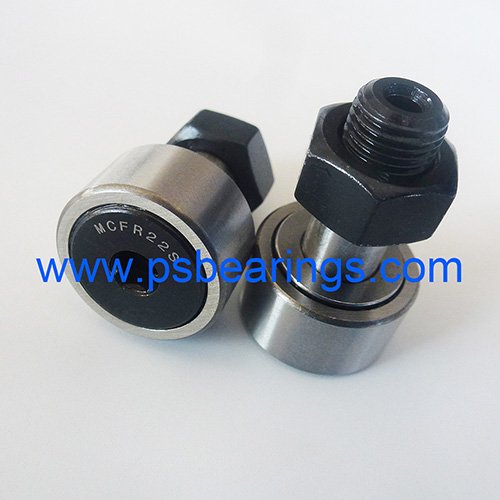A Guide to Understanding and Choosing the Right Component
Rolling element bearings are critical components in many mechanical systems. Among these, needle roller bearings, cam followers, and yoke type track rollers are popular choices for applications that require high precision and durability. In this article, we will explore the characteristics and applications of these components, as well as factors to consider when choosing the right one for your system.
Needle Roller Bearings: Precision and Compactness
Needle Roller Bearing is a type of rolling element bearing that use long, thin rollers instead of balls. These rollers have a high length-to-diameter ratio, which allows them to carry higher radial loads than ball bearings. Needle roller bearings are often used in applications where space is limited and high precision is required, such as in the aerospace and automotive industries.One of the advantages of needle roller bearings is their compactness. The small size of the rollers allows the bearing to be designed with a small cross-section, which is beneficial in applications where space is at a premium. However, the small size of the rollers can also be a disadvantage in applications that require high load-carrying capacity.
Cam Followers: Precision and Reliability
Cam followers are a type of rolling element bearing that are designed to follow the surface of a cam. The cam follower consists of a stud and a roller or needle bearing, which is mounted on the stud. Cam Follower is used in applications where precise motion control is required, such as in machine tools and printing presses.

One of the advantages of cam followers is their reliability. The contact between the roller or needle bearing and the cam surface is continuous, which reduces wear and increases the life of the bearing. Cam followers are also designed to handle high radial loads and moderate axial loads.
Yoke Type Track Rollers: Versatility and Strength
Yoke Type Track Rollers are a type of rolling element bearing that are designed to run on a track or rail. The yoke type track roller consists of a stud, a roller or needle bearing, and a yoke. The yoke is designed to support the bearing and provide a mounting point for the stud. Yoke type track rollers are used in a variety of applications, including material handling equipment, conveyor systems, and construction machinery.
One of the advantages of yoke type track rollers is their versatility. They can be used in both radial and axial load applications and are available in a range of sizes and configurations. Yoke type track rollers are also designed to handle heavy loads and operate in harsh environments.
Choosing the Right Component
When choosing between needle roller bearings, cam followers, and yoke type track rollers, there are several factors to consider. These include the load capacity, the speed of operation, the precision requirements, and the operating environment.
Load capacity is one of the most important factors to consider. Needle roller bearings are ideal for applications that require high radial load capacity, while cam followers are better suited for applications that require moderate radial loads and moderate axial loads. Yoke type track rollers are designed to handle heavy radial and axial loads.
The speed of operation is another important factor. Needle roller bearings are suitable for high-speed applications, while cam followers and yoke type track rollers are better suited for low to moderate speed applications.
Precision requirements are also important. Needle roller bearings and cam followers are ideal for applications that require high precision, while yoke type track rollers are better suited for applications that require lower levels of precision.
Finally, the operating environment must be considered. Needle roller bearings and cam followers are designed for use in clean environments, while yoke type track rollers can handle harsh operating conditions.

Comments
Post a Comment